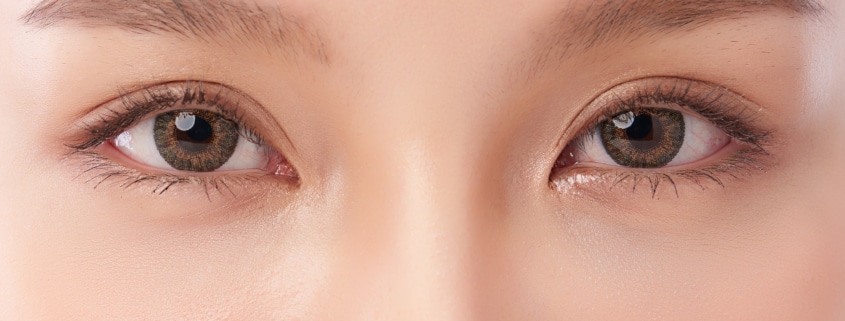PRK: A LASIK Alternative for Patients
Are you interested in improving your vision? LASIK isn’t the only option available. At Maehara Eye Surgery & Laser, we offer photorefractive keratectomy, or PRK, a laser vision correction procedure. PRK is a tried-and-true method that was widely used before the invention of LASIK. Learn more about how PRK works and when to opt for this alternative.
How Does PRK Work?
PRK surgeries involve using a laser to carefully change the shape of your cornea, the dome-shaped, transparent window at the front of your eyeball. By adjusting its shape, PRK changes how it refracts or bends light.
When Is PRK Used?
PRK is a surgery that corrects refractive vision errors, meaning it corrects vision problems where the eye cannot refract light correctly. It is mostly used for patients with large pupils or thin corneas.
Some examples of conditions Dr. Jeffrey Maehara may choose to correct with PRK include:
- Myopia: Nearsightedness, or seeing well up-close while far-off objects become blurry.
- Hyperopia: Farsightedness, or seeing distant objects well but having trouble focusing on nearby objects.
- Astigmatism: An irregular curvature problem that causes blurry near and far vision.
What Kinds of Patients Make Good PRK Candidates?
On top of having one of the above conditions, PRK patients must satisfy a few basic criteria:
- Age: It’s best to wait until your eyes have finished developing, so you should be at least 18 to 21 years old.
- Health: Your eye and cornea health must be satisfactory.
- Prescriptions: Your prescription should be stable — meaning it has been consistent over the past year.
- Error type and level: PRK can correct refractive errors only within reason.
PRK isn’t recommended for certain individuals, including current cataract sufferers and those with severe glaucoma. It’s also not recommended for people with uncontrolled diabetes and women who are currently pregnant or nursing. If you have a history of scarring, you might not be a good candidate, especially if your scars affect your corneas.
How Does PRK Differ From LASIK?
LASIK is another type of laser vision correction procedure that works by changing the shape of your eye. The biggest difference is that LASIK creates a flap in the epithelium (the thin membrane covering the cornea) to access the cornea, whereas PRK removes the epithelium.
Learn More About PRK With Jeffrey Maehara, MD
Could PRK make a difference in how you view life? Talking to a physician is the best way to find out. Book your appointment in Honolulu, HI, with Jeffrey Maehara, MD, by calling 808-955-3937.



